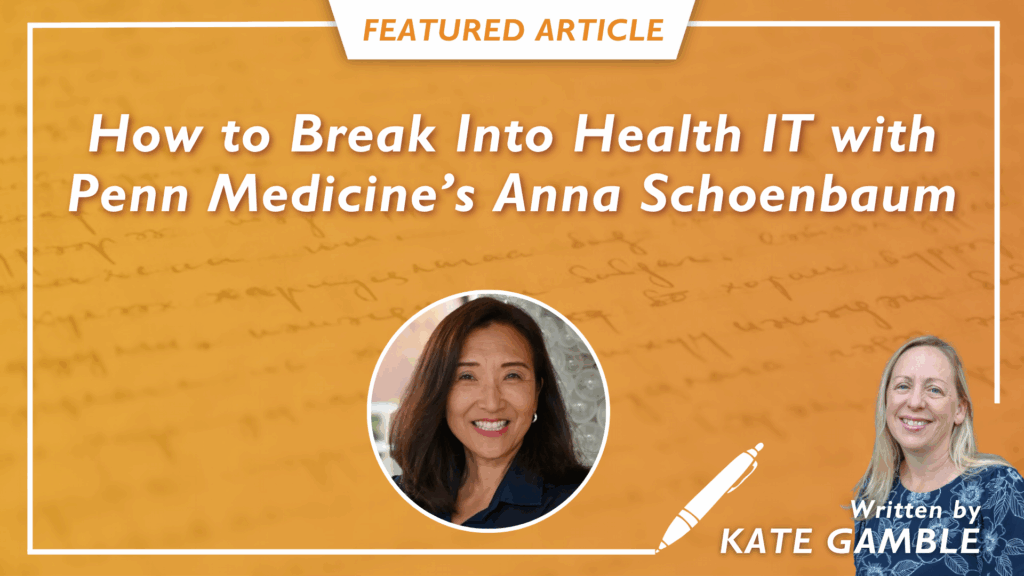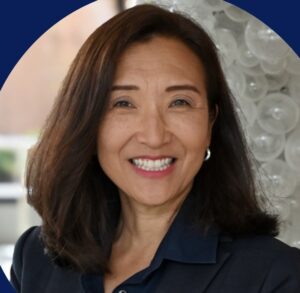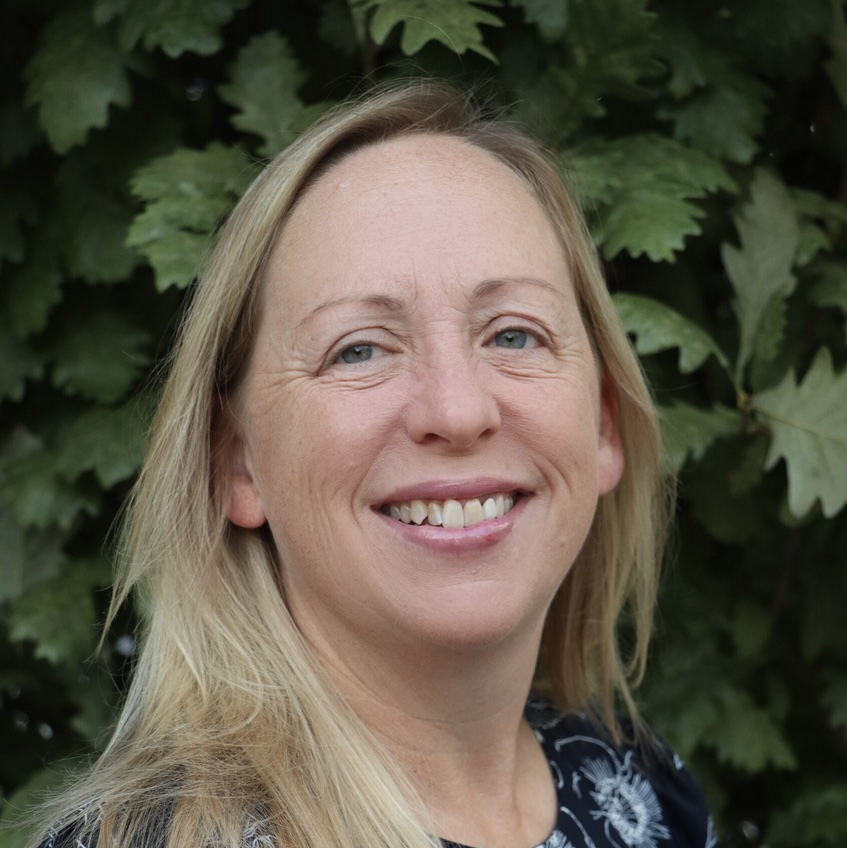
Anna Schoenbaum’s career didn’t start on the IT side. But it didn’t take long for her to feel the pull – particularly when it became clear that technology’s role in healthcare was only going to grow. “I was enticed by the idea of improving processes from paper to automation,” she said. And even more so, the opportunity to “make a difference. Not just in one department, but across the enterprise.”
The transition, however, wasn’t an easy one. It needs to be approached thoughtfully, according to Schoenbaum, now VP of Applications and Digital Health at Penn Medicine, an $11.9 billion enterprise consisting of The University of Pennsylvania Health System and the Raymond and Ruth Perelman School of Medicine. During an interview with This Week Health, she shared advice for those looking to make the leap, drawing from her own career experience, and discussed how she has benefited from her involvement with HIMSS.

Anna Schoenbaum
It’s no secret that healthcare has a workforce problem. By 2030, the global healthcare worker shortage is expected to reach 10 million, which could lead to $1.1 trillion in costs (McKinsey). And that’s just on the clinical side.
According to a Security Magazine survey, 47 percent ranked IT staff shortages as a top-three challenge. Around two-thirds said routine IT tasks take longer to complete due to limited staff, and 74 percent cited IT staffing shortages as a deployment barrier.
For leaders, this isn’t exactly news. Neither is the fact that as adoption of digital technologies continues to climb, the demand for skilled IT professionals will only grow. And that means organizations need a solid strategy not just for recruiting and retaining talent, but also for helping existing employees transition to IT-based roles.
That’s where Schoenbaum comes in. As both a faculty member at the University of Maryland School of Nursing and a visiting professor at Chamberlain University, she has a great deal of experience mentoring both students and staff, and offered these bits of wisdom for those looking to break into IT.
This advice, however, isn’t just for those who are seeking a new role, or those who are early in their careers. Particularly the piece about networking. “You learn so much when you’re surrounded by colleagues and industry experts,” she noted. Being at events like HIMSS helps to shed light on common problems and provide forums for discussion and learning. “It’s connecting people to share experiences and say, ‘can we implement the same solution at our organization? If not, why?’ Or ‘what do we need to put into place to make it successful?’”
And for leaders, the objective is to take that knowledge – and that spirit of collaboration – back to the organization to help push forward key initiatives. “Technology is evolving very quickly,” she said. “We have to keep in mind that at the end of the day, technology doesn’t transform healthcare. People do. My job is to equip, empower, and elevate those people who can help drive change.”
When that happens, Schoenbaum concluded, “We’re all successful.”


Questions about the Podcast?
Contact us with any questions, requests, or comments about the show. We love hearing your feedback.

© Copyright 2024 Health Lyrics All rights reserved